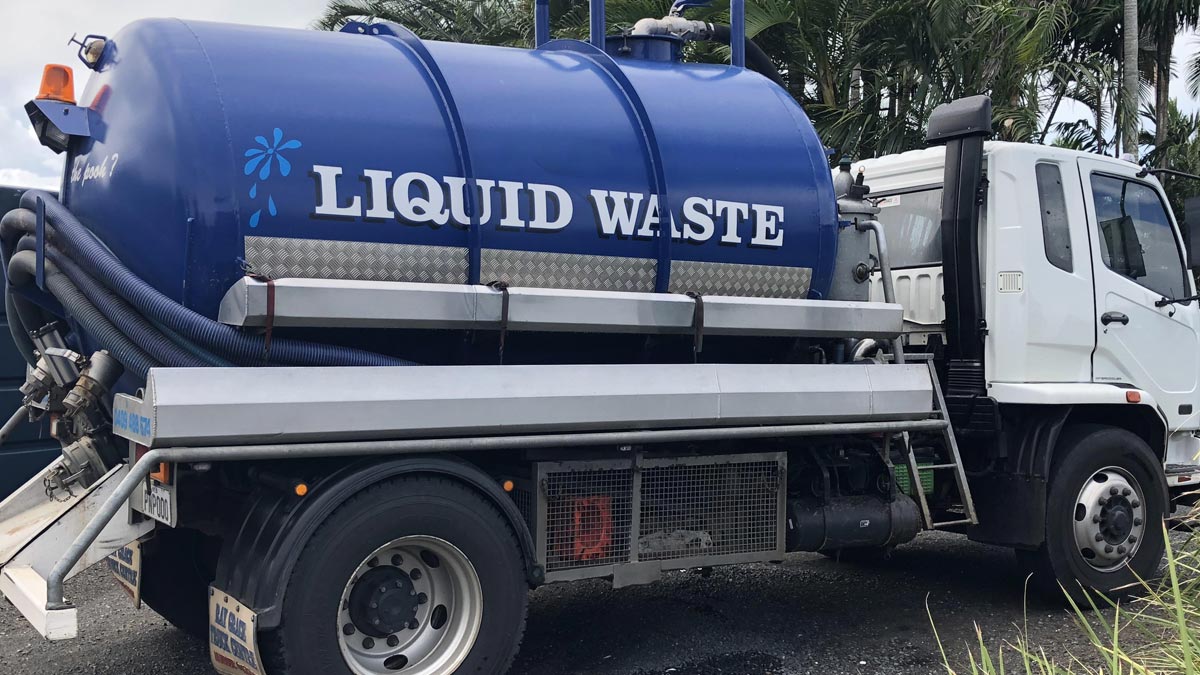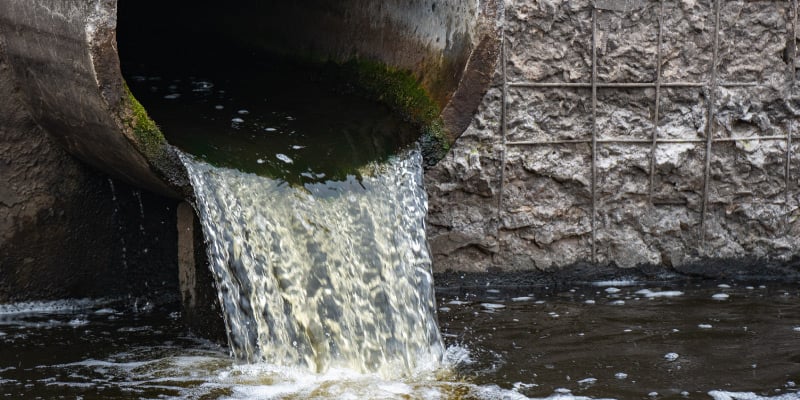Exactly How Liquid Garbage Disposal Functions: An In-depth Summary of Techniques and Technologies Used

Introduction of Fluid Waste Kind
The intricacy of fluid waste kinds requires a detailed understanding of their features and effects for disposal. Fluid waste can extensively be categorized into several kinds, consisting of industrial, community, agricultural, and hazardous waste. Each group shows unique residential properties, needing particular management strategies to mitigate ecological and health and wellness risks.
Industrial fluid waste stems from producing processes and usually consists of a series of contaminants, such as hefty metals, solvents, and organic substances. Local liquid waste, largely making up wastewater from households and business establishments, includes organic matter, nutrients, and virus (industrial wastewater treatment). Agricultural liquid waste, including drainage from ranches, may contain plant foods, pesticides, and pet waste, positioning risks to water high quality and communities
Hazardous liquid waste is characterized by its toxicity, sensitivity, or prospective to create harm. This group includes compounds like acids, bases, and certain chemicals that require stringent handling and disposal procedures. Recognizing these diverse fluid waste kinds is important for developing efficient disposal approaches and guaranteeing conformity with ecological policies. Appropriate category and characterization are vital for applying suitable therapy strategies and reducing the negative influence on public health and the setting.
Physical Therapy Methods

Screening is the initial action, where bigger bits and debris are removed from the liquid waste making use of displays or grates. This process safeguards downstream equipment from damages and makes certain smoother procedure. Complying with screening, sedimentation makes use of gravitational pressure to separate solids from liquids. In sedimentation containers, much heavier bits settle near the bottom, creating a sludge layer, while the cleared up liquid can be more dealt with.
Filtration is an additional vital method that entails passing the liquid via porous products, such as sand or membrane layers, to capture smaller sized particles. This action enhances the top quality of the liquid, making it ideal for subsequent therapy processes.

Chemical Therapy Techniques
Chemical therapy techniques are crucial for successfully taking care of liquid waste, specifically in attending to liquified and colloidal contaminants that physical approaches may not effectively remove. These methods make use of various chemical representatives to counteract, precipitate, or change unsafe substances right into much less damaging kinds.
One common technique is coagulation and flocculation, where chemicals such as alum or ferric chloride are included to advertise the aggregation of suspended fragments. This procedure enhances sedimentation, enabling less complicated removal of the resulting sludge. Additionally, oxidation procedures, using representatives like chlorine or ozone, are utilized to break down complex natural compounds and pathogens, making the waste more secure for discharge or additional treatment.
Neutralization is another crucial strategy, which adjusts the pH of acidic or alkaline waste streams to neutral levels, protecting against possible damage to downstream systems and the environment. In addition, advanced oxidation procedures (AOPs) make use of mixes of oxidants and ultraviolet light to deteriorate consistent toxins, attaining a greater level of therapy efficiency.
Biological Treatment Procedures
Biological therapy procedures play an essential duty in the monitoring of liquid waste by using bacteria to decay raw material and decrease impurity levels. These procedures can be generally classified into anaerobic and aerobic treatments, each using details microbial areas to attain efficient waste destruction.
Cardiovascular therapy entails using oxygen to assist in the malfunction of organic products by bacteria. This procedure is frequently carried out in triggered sludge systems, where oygenation storage tanks give a favorable setting for microbial development, bring about the oxidation of organic toxins. The resultant biomass can be divided from dealt with effluent via sedimentation.
In contrast, anaerobic treatment happens in the lack of oxygen, relying upon different germs to damage down organic matter. This technique is especially helpful for high-strength waste, as it creates biogas, a renewable power source, while minimizing sludge manufacturing. Technologies such as anaerobic digesters are often used in industrial and municipal applications.
Both aerobic and anaerobic organic therapies not just decrease the environmental influence of fluid waste however likewise facilitate resource recovery, making them essential elements of lasting waste administration strategies. Their performance, effectiveness, and versatility support their extensive execution throughout numerous markets.
Arising Technologies in Disposal
Ingenious methods to liquid waste disposal are quickly progressing, driven by improvements in innovation and a boosting emphasis on sustainability. Among these emerging technologies, membrane layer bioreactors (MBRs) have actually gotten traction for their capacity to integrate biological therapy with membrane layer filtering, causing high-quality effluent that can be reused in various applications. MBRs enable smaller sized impacts and much more efficient procedures contrasted to traditional systems.
One more promising advancement my explanation is making use of anaerobic food digestion incorporated with nutrient recovery modern technologies, which not only deals with fluid waste however additionally produces biogas and recovers useful nutrients like nitrogen and phosphorus. This double advantage improves source effectiveness and reduces ecological influence.
Additionally, progressed oxidation processes (AOPs) are being embraced for the degradation of intricate organic pollutants. These methods use effective oxidants and drivers to damage down contaminants at the molecular degree, offering an extremely effective service for challenging waste streams.
In addition, the integration of man-made intelligence and artificial intelligence in waste administration systems is optimizing functional effectiveness and predictive upkeep, resulting in reduced prices and enhanced environmental conformity. These innovations mirror a substantial shift in the direction of more lasting and efficient discover this info here fluid waste disposal techniques.
Final Thought
In final thought, reliable liquid waste disposal demands a thorough understanding of numerous strategies and modern technologies. By continually progressing these methodologies, it becomes possible to resolve the expanding difficulties associated with liquid waste, ultimately adding to ecological protection and resource recuperation.
Fluid waste disposal is a crucial element of environmental administration, needing a detailed understanding of different methods and innovations tailored to various waste types. Liquid waste can generally be categorized into several types, consisting of industrial, metropolitan, farming, and dangerous waste. Agricultural liquid waste, consisting of drainage from farms, may have fertilizers, pesticides, and pet Discover More Here waste, posturing threats to water top quality and ecosystems.
Various physical treatment techniques play an important function in handling liquid waste successfully - industrial wastewater treatment.In final thought, effective fluid waste disposal demands a detailed understanding of numerous techniques and modern technologies